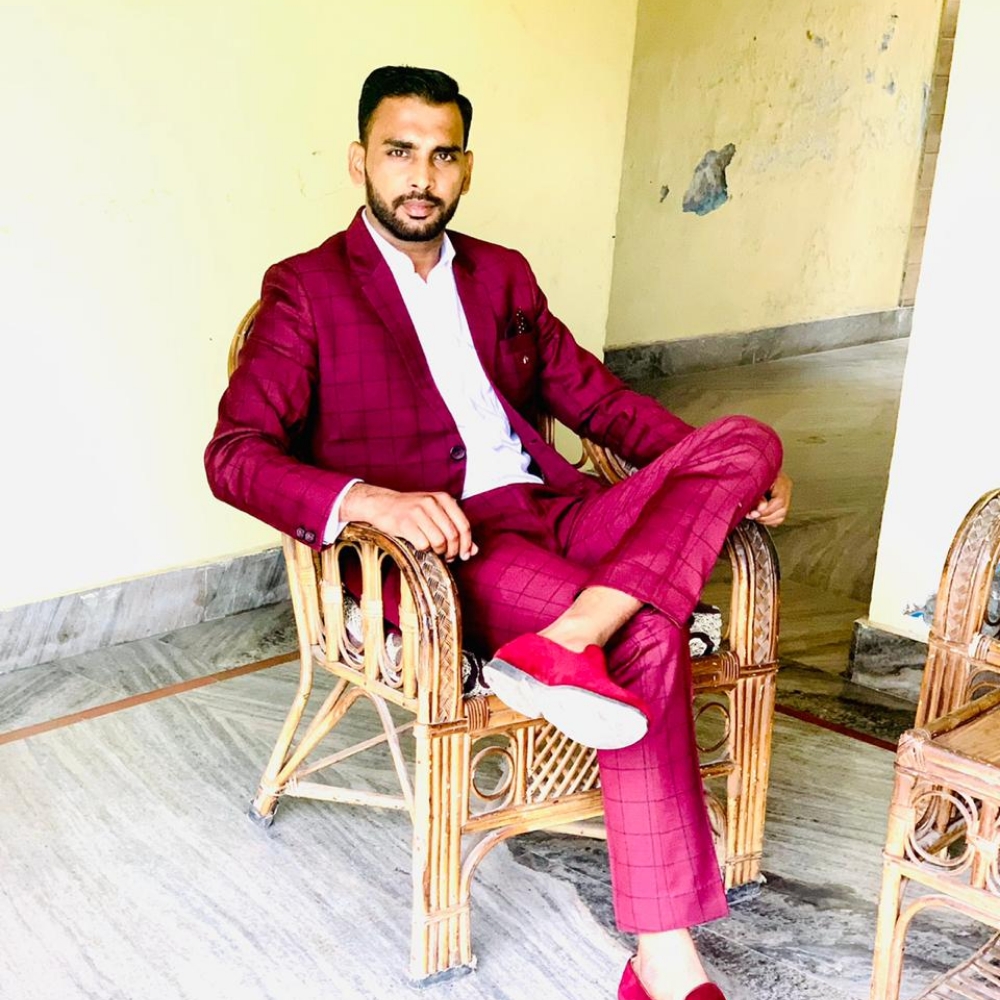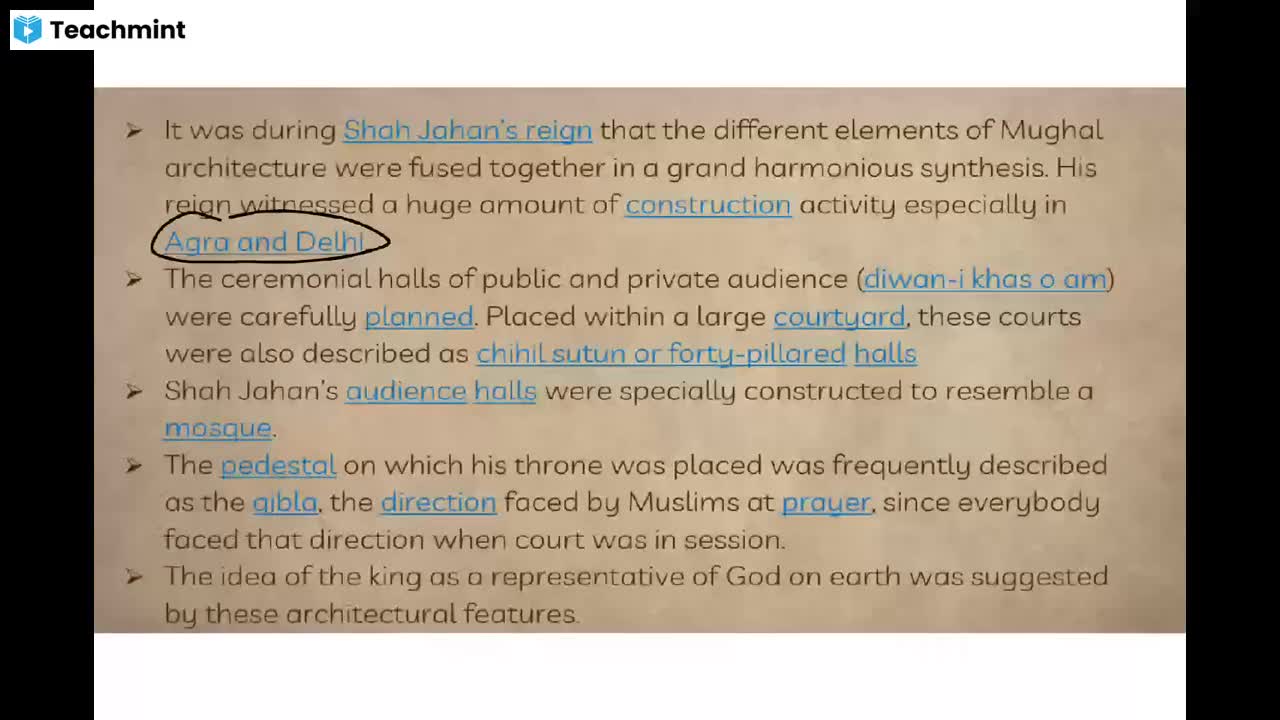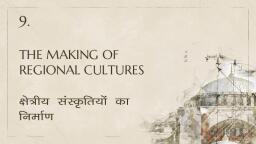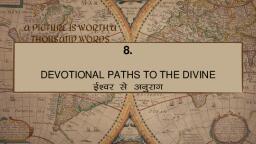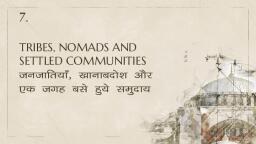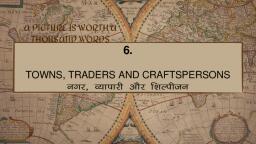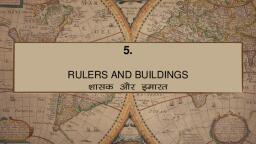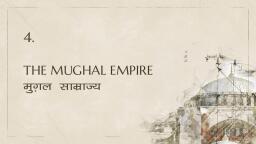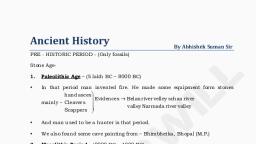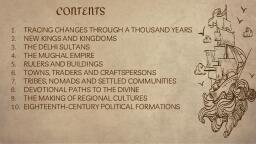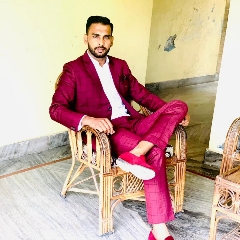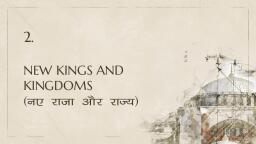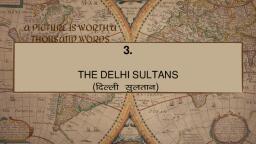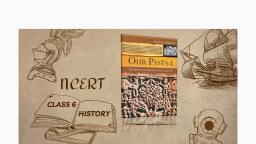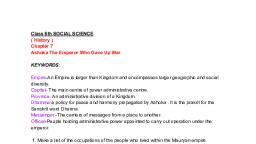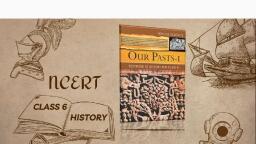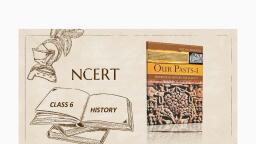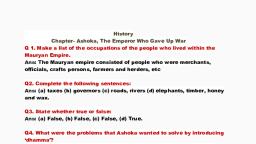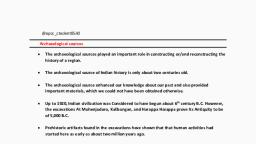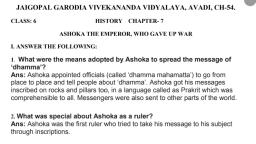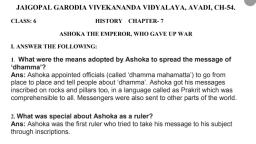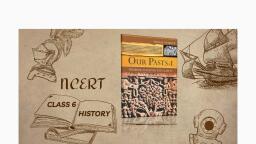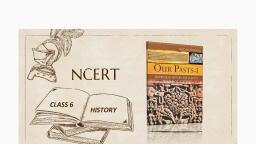Page 2 :
A PICTURE IS WORTH A, THOUSAND WORDS, , 7., ASHOKA, THE EMPEROR, WHO GAVE UP W VE UP, WAR
Page 3 :
OVERVIEW ?, 1., 2., 3., 4., 5., 6., 7., 8., , A VERY BIG KINGDOM = AN EMPIRE, ASHOKA, CAPITALS, RULING THE EMPIRE, THE EMPEROR AND THE CAPITAL CITY, ASHOKA, A UNIQUE RULER, ASHOKA’S WAR IN KALINGA, CHINA
Page 4 :
A VERY BIG KINGDOM = AN EMPIRE, ● The lions that we see on our notes and coins have a long history., , They were carved in stone, and placed on top of a massive stone, pillar at Sarnath .
Page 5 :
DYNASTY, ● When members of the same family become rulers one after, , another, the family is often called a dynasty., ● E.G, The Mauryas were a dynasty, with three important rulers —, CHANDRAGUPTA,, his son BINDUSARA, and, Bindusara’s son, ASHOKA.
Page 6 :
ASHOKA, ● His instructions were inscribed on pillars, as, well as on rock surfaces., ● The empire that Ashoka ruled was founded, by his grandfather, Chandragupta Maurya,, more than 2300 years ago., ● Chandragupta was supported by a wise, man named Chanakya or Kautilya., ● Many of Chanakya’s ideas were written, down in a book called the Arthashastra.
Page 7 :
CAPITALS, Capitals :Pataliputra, Taxila, and Ujjain., Taxila was a gateway to the northwest,, including Central Asia,, while Ujjain lay on the route from north to south, India., Merchants, officials and crafts persons, probably lived in these cities
Page 8 :
In other areas there were villages of farmers and herders. In some areas such as, central India, there were forests where people gathered forest produce and, hunted animals for food., People in different parts of the empire spoke different languages. They probably, ate different kinds of food, and wore different kinds of clothes as well., HOW ARE EMPIRES DIFFERENT FROM KINGDOMS ?, Emperors need more resources than kings because empires are larger than, kingdoms, and need to be protected by big armies. So also they need a larger, number of officials who collect taxes.
Page 9 :
RULING THE EMPIRE, Different parts were ruled differently., The area around Pataliputra was under the direct control of the emperor. This meant, that officials were appointed to collect taxes from farmers, herders, crafts persons, and traders, who lived in villages and towns in the area. Officials also punished those, who disobeyed the ruler’s orders. Many of these officials were given salaries., Messengers went to and fro, and spies kept a watch on the officials. And of course, the emperor supervised them all, with the help of members of the royal family, and, senior ministers., other areas was ruled from a provincial capital such as Taxila or Ujjain. Although, there was some amount of control from Pataliputra, and royal princes were often, sent as governors, local customs and rules were probably followed .
Page 10 :
In the vast areas between these centres, Mauryas tried to control roads and, rivers, which were important for transport, and to collect whatever resources were, available as tax and tribute., For example, the Arthashastra tells us that, the north-west was important for blankets, and, south India for its gold and precious stones., It is possible that these resources were collected as tribute., There were also the forested regions. People living in these areas were more or less, independent, but may have been expected to provide elephants, timber, honey and, wax to Mauryan officials
Page 11 :
TRIBUTE :Unlike taxes, which were collected on a, regular basis, tribute was collected as, and when it was possible from people, who gave a variety of things, more or, less willingly.
Page 12 :
THE EMPEROR AND THE CAPITAL CITY, Megasthenes was an ambassador who was sent to the court of Chandragupta by, the Greek ruler of West Asia named Seleucus Nicator., Megasthenes wrote an account about what he saw :“The occasions on which the emperor appears in public are celebrated with grand, royal processions. He is carried in a golden palanquin. His guards ride elephants, decorated with gold and silver. Some of the guards carry trees on which live birds,, including a flock of trained parrots, circle about the head of the emperor. The king is, normally surrounded by armed women. He is afraid that someone may try to kill, him. He has special servants to taste the food before he eats. He never sleeps in the, same bedroom for two nights.”
Page 13 :
Megasthenes was an ambassador who was sent to the court of Chandragupta by, the Greek ruler of West Asia named Seleucus Nicator., About Pataliputra (modern Patna) he wrote :“This is a large and beautiful city. It is surrounded by a massive wall. It has 570, towers and 64 gates. The houses, of two and three storeys, are built of wood and, mud brick. The king’s palace is also of wood, and decorated with stone carvings. It is, surrounded with gardens and enclosures for keeping birds.”
Page 14 :
ASHOKA, A UNIQUE RULER, The most famous Mauryan ruler was, Ashoka. He was the first ruler who tried, to take his message to the people, through inscriptions. Most of Ashoka’s, inscriptions were in Prakrit and were, written in the Brahmi script..
Page 15 :
ASHOKA’S WAR IN KALINGA, Kalinga is the ancient name of coastal, Orissa. Ashoka fought a war to conquer, Kalinga. However, he was so horrified, when he saw the violence and, bloodshed that he decided not to fight, any more wars. He is the only king in the, history of the world who gave up, conquest after winning a war.
Page 16 :
ASHOKA’S INSCRIPTION DESCRIBING THE, KALINGA WAR, This is what Ashoka declared in one of his inscriptions:, “Eight years after becoming king I conquered Kalinga. About a lakh and a half, people were captured. And more than a lakh of people were killed., I believe that winning people over through dhamma is much better than, conquering them through force. I am inscribing this message for the future, so that, my son and grandson after me should not think about war. Instead, they should, try to think about how to spread dhamma.”, (‘Dhamma’ is the Prakrit word for the Sanskrit term ‘Dharma’).
Page 17 :
Besides, Ashoka got his messages inscribed on rocks and pillars, instructing his, officials to read his message to those who could not read it themselves., Ashoka also sent messengers to spread ideas about dhamma to other lands, such, as Syria, Egypt, Greece and Sri Lanka.
Page 18 :
THE RAMPURWA BULL, Finely polished stone sculpture., This was part of a Mauryan pillar found in Rampurwa,, Bihar, and has now been placed in, Rashtrapati Bhavan., It is an example of the skill of the sculptors of the time.
Page 19 :
ASHOKA’S MESSAGES TO HIS SUBJECTS:, “People perform a variety of rituals when they fall ill, when their children get, married, when children are born, or when they go on a journey. These rituals, are not useful. If instead, people observe other practices, this would be more, fruitful. What are these other practices?, These are:, being gentle with slaves and servants. Respecting one’s elders., Treating all creatures with compassion. Giving gifts to brahmins and monks.” “It, is both wrong to praise one’s own religion or criticise another’s. Each one should, respect the other’s religion. If one praises one’s own religion while criticising, another’s, one is actually doing greater harm to one’s own religion.”
Page 20 :
Pandit Jawaharlal Nehru, the first Prime Minister of India, wrote:, “His edicts (instructions) still speak to us in a language we can understand and, we can still learn much from them ”
Page 21 :
CHINA, Somewhat before the time of the Mauryan empire, about 2400 years ago,, emperors in China began building the Great Wall., It was meant to protect the northern frontier of the empire from pastoral people., Additions to the wall were made over a period of 2000 years because the frontiers, of the empire kept shifting. The wall is about 6400 km long, and is made of stone, and brick, with a road along the top. Several thousand people worked to build the, wall. There are watch towers all along, at distances of about 100-200 m.
Page 23 :
Showing Important, Trade Routes, including the Silk, Route
Page 24 :
Showing Important, Trade Routes, including the Silk, Route
Page 25 :
LOOKING AHEAD, The Mauryan empire collapsed about 2200 years ago. In its place (and elsewhere), rose several new kingdoms. In the north-west, and in parts of north India, kings, known as the Indo-Greeks ruled for about one hundred years. They were followed, by a Central Asian people known as the Shakas, who set up kingdoms in the northwest, north and western India. Some of these kingdoms lasted for about 500 years,, till the Shakas were defeated by the Gupta kings . The Shakas in turn, were followed by the Kushanas (about 2000 years ago).
Page 26 :
LOOKING AHEAD, ● In the north, and in parts of central India, a general of the Mauryas, named, Pushyamitra Shunga, set up a kingdom. The Shungas were followed by another, dynasty, known as the Kanvas, and by rulers from other families till the, establishment of the Gupta empire about 1700 years ago., ● The Shakas who ruled over parts of western India fought several battles with, the Satavahanas, who ruled over western and parts of central India. The, Satavahana kingdom, which was established about 2100 years ago, lasted for, about 400 years. Around 1700 years ago, a, new ruling family,known as the Vakatakas,, became powerful in central and, western India .
Page 27 :
LOOKING AHEAD, In south India, the Cholas, Cheras and Pandyas ruled between 2200 and 1800, years ago. And, about 1500 years ago, there were two large kingdoms, those of the, Pallavas and the Chalukyas. There were several other kingdoms and kings as well., We know about them from their coins and inscriptions, as well as from books., There were other changes that were taking place, in which ordinary men and, women played a major role. These included the spread of agriculture and the, growth of new towns, craft production and trade. Traders explored land routes, within the subcontinent and outside, and sea routes to West Asia, East Africa and, South East Asia were also opened up. And many new buildings were, built — including the earliest temples and stupas, books were written, and scientific, discoveries were made
Page 28 :
TAKEAWAYS, TRUE OR FALSE :(a) Ujjain was the gateway to the north-west., (b), , Chandragupta’s ideas were written down in the, Arthashastra., , (c) Kalinga was the ancient name of Bengal., (d) Most Ashokan inscriptions are in the Brahmi script.
Page 29 :
THANKS !
